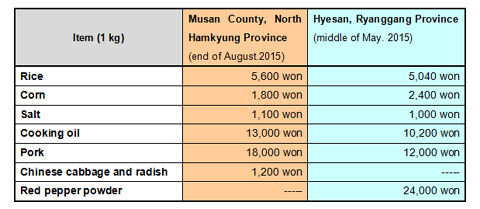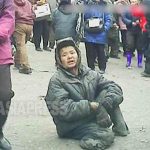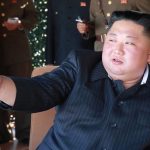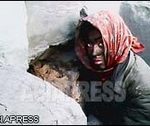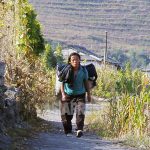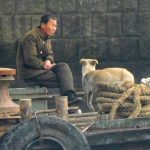Report by PAEK Hyan, North Korean reporting partner, Rimjin-gang
<This article first appeared in the Korean and Japanese edition of Rimjin-gang on September 2015>
Market price research is a useful means for North Korea watchers to index the living conditions of the ordinary people inside the country. This has become even more important since the state ration system was rendered ineffective.
State authorities long ago lost their ability to effectively control the production and circulation of basic food stuffs, and the actual price of goods is decided according to supply demand economics of the market place.
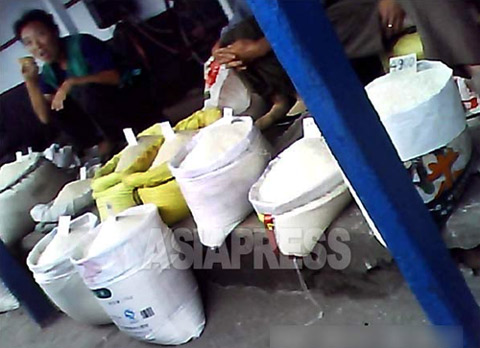
At the end of August, 2015 Rimjin-gang's North Korean reporting partner investigated the market price of basic foods. This partner lives in Musan County, North Hamkyung Province, in North Korea's northern region.
According to the report, as of the end of August, the actual foreign currency rate at the local market was:
[1 Chinese RMB = 1,200 NK won (=around 0.19 US dollars)] [1 US dollar = 8,200 NK won]
The following table shows the price of basic foods at the market in Musan County as of that same time in August. For a comparative reference, we also show market prices in Hyesan, Ryanggang Province, obtained in May, 2015. Both places are on the Korean side of the Sino-Korean border.
